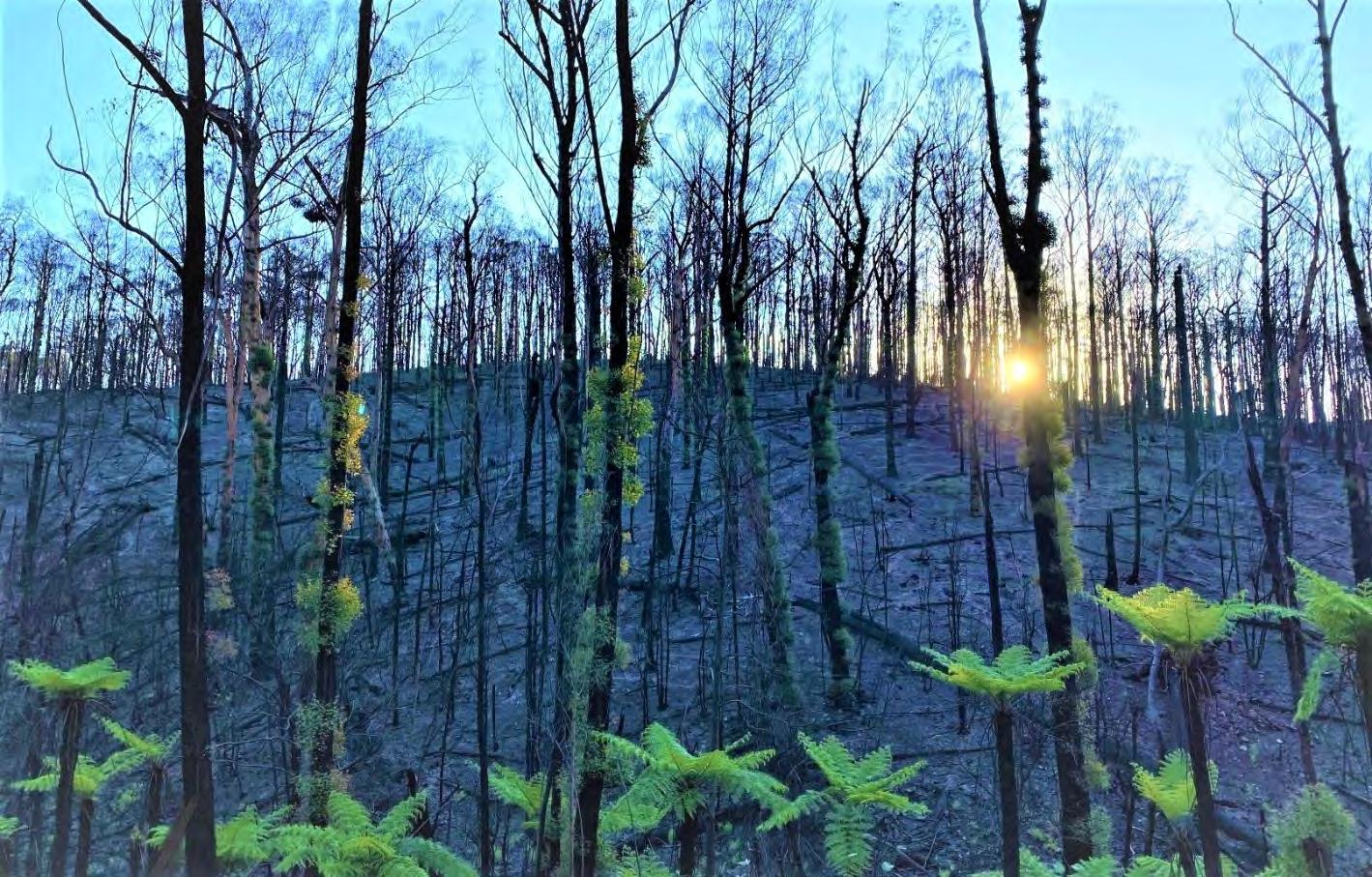
1 minute read
The effects of climate change
Concern over the future impact of climate change upon bushfires in Victoria was widely expressed to the Inquiry in submissions from government departments, emergency management agencies, community service organisations, councils, community groups and individuals. The past is no longer a reliable guide to the influence of climate and weather upon bushfires into the future. Climate change is influencing the patterns of natural hazards globally. In Australia, increases in temperature and changes in rainfall patterns are contributing to an increase in extreme fire weather across much of the country. In south-east Australia there have been long-term decreases in rainfall. The bushfire season in the 21st century begins earlier and ends later. The 2018 Commonwealth Scientific and Industrial Research Organisation State of the Climate Report predicts changes Australia will experience over the coming decades. Those that will influence the potential for bushfire are: further increase in temperatures, with more extremely hot days and fewer extremely cool days
a decrease in cool season rainfall across many regions of southern Australia, with increasing drought an increase in the number of high fire weather danger days and a longer fire season for southern and eastern Australia.
Factors such as unforeseeable changes to the atmospheric composition and variability from influences such as specific El Niño and La Niña events increase the unpredictability of forecasts. Climate change mitigation is a crucial step towards reducing bushfire risk in the long-term. The emergency management sector’s climate change mitigation actions are part of a broader whole-ofgovernment commitment to reduced emissions. IGEM acknowledges that considerations for preparation, readiness, relief and recovery activities for bushfires – and other emergency events – should be part of a broader approach to climate change mitigation and adaptation strategies being considered by Victoria. The VBRC noted that the sector needed to consider the influence of climate change on future bushfire risk in its planning. A decade later, the need is even more apparent and urgent.









